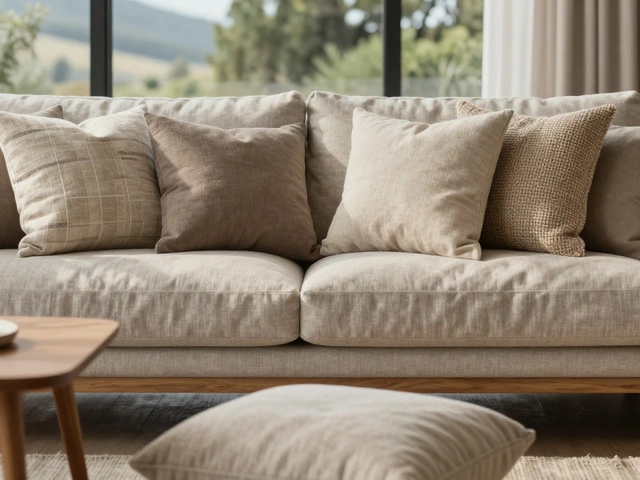How to Choose the Right Storage Unit Size for Your Belongings
Ever walked into a storage facility and felt lost among the aisles of boxes? You’re not alone. The right unit size saves money, keeps things organized, and prevents the dreaded “I don’t fit anything!” moment. Let’s break down a simple way to size up your storage needs.
Measure What You Already Own
Start with a quick inventory. Grab a tape measure and note the largest items – a sofa, a dining table, or a mattress. Write down their length, width, and height. Multiply these numbers for each piece to get its cubic footage. Add up all the footage and you’ll have a rough idea of the total space required.
Match Your Space to Your Lifestyle
Think about how often you’ll need to access the unit. If you’re storing seasonal decor, a smaller, more affordable space works fine because you won’t be opening it weekly. For a home office move, you’ll want a unit that lets you walk inside and see everything without shuffling boxes around.
Most facilities label their units by square footage, like 5x5, 5x10, or 10x10. A 5x5 is about a small closet – great for boxes and a few small furniture pieces. A 10x10 can hold the contents of a one‑bedroom apartment. If you’re unsure, it’s better to step up a size; you can always rearrange or donate later.
Another tip: think vertically. Tall shelves or stacking bins can double the usable space inside a modest unit. Use sturdy plastic containers with lids; they protect against dust and make stacking safer.
Don’t forget the door width. Some units have narrower doors that make moving large furniture tricky. If a couch or a wardrobe is your biggest item, ask the facility staff if the unit’s door can accommodate it before you sign a lease.
Budget matters, too. Storage costs rise with size, but many places offer discounts for longer rentals. If you know you’ll need the space for six months or more, ask about a reduced monthly rate. Some facilities also give a free month if you pay upfront for a year.
Finally, picture the layout. A 10x15 unit feels spacious, but if you fill it wall‑to‑wall, it can feel cramped. Leave a clear aisle so you can reach items in the back without moving everything forward each time.
Bottom line: measure, list, and visualize. Use those numbers to pick a unit that fits your biggest items, matches your access frequency, and stays within budget. With a little planning, you’ll avoid overpaying for wasted space and keep your belongings safe and easy to reach.

What Can You Fit in a 10x20 Storage Unit? Find Out How Many Rooms It Holds
Uncover the real capacity of a 10x20 storage unit—how many rooms fit, what size items you can store, and practical tips to maximize space.
Categories
- Storage (27)
- Bathroom (18)
- Sofas (15)
- Curtains (15)
- Home Decor (12)
- Bedding (11)
- Kitchenware (11)
- Cushions (11)
- Mirrors (10)
- Rugs (9)
Popular Articles



